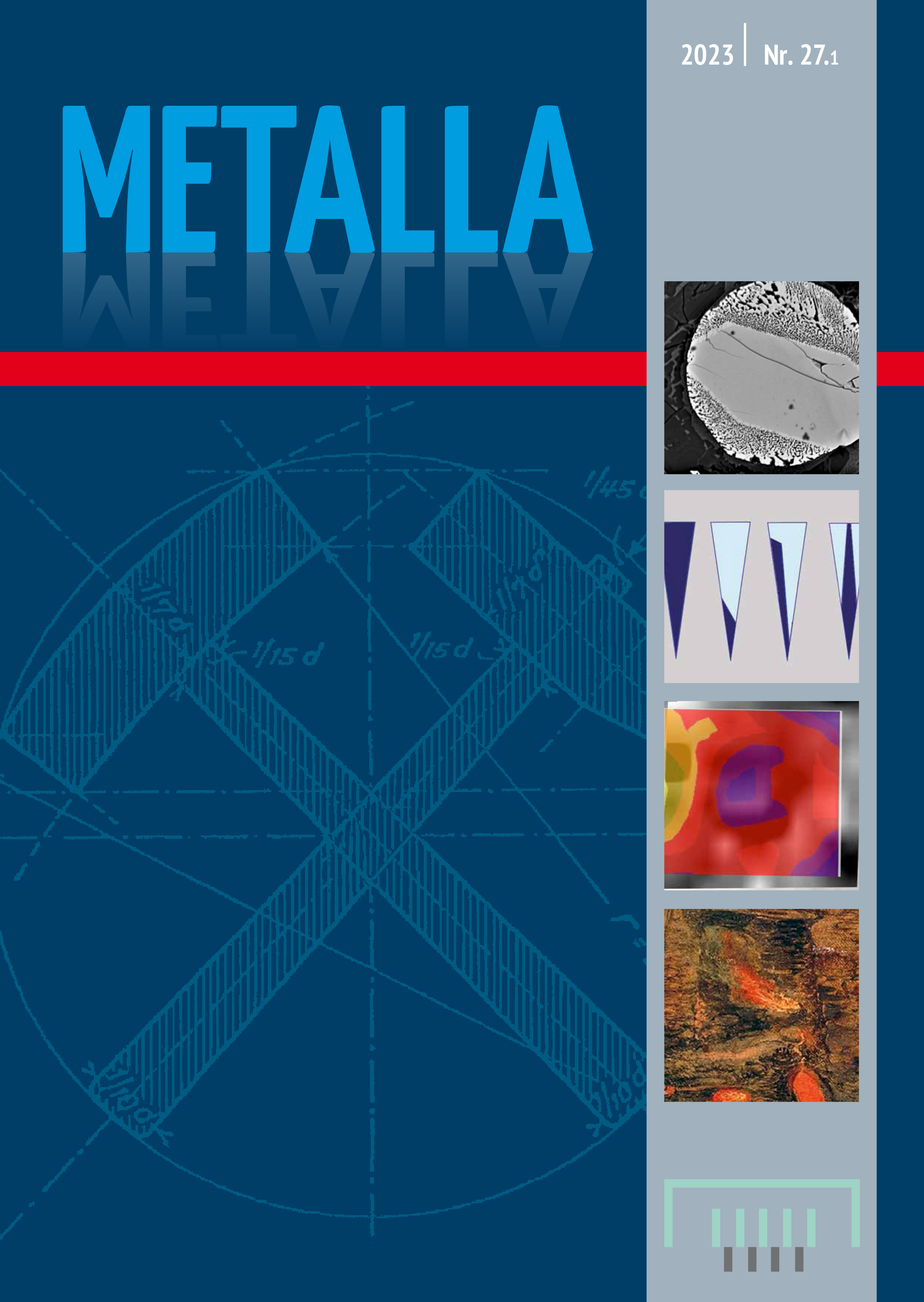An Archaeometallurgical Study of Medieval Knives from Kinet Höyük, Turkey
DOI:
https://doi.org/10.46586/metalla.v27.2023.i1.39-54Keywords:
Archaeometry, Kinet Höyük, medieval iron smithing, knife, crucible steelAbstract
This paper examines the knives of the medieval period (13th -14th century AD) from Kinet Höyük in Cilicia, one of the most important areas of Anatolia for the history of iron production. The materials and production processes of 12 knives were revealed using archaeometry methods, such as Optical Microscopy (OM), Scanning Electron Microscope-Energy Dispersive X-Ray Spectrometer (SEM-EDS) analyses, and micro-hardness tests. An examination of the relationship between the shape and size of these knives was undertaken, along with a discussion of the factors involved in the manufacturing techniques. Among the medieval knives from Kinet Höyük that were analyzed, the results of the study indicate that besides blades made entirely of steel or wrought iron there are examples of forge-welding steel to wrought iron in a variety of ways. The largest group of knives is composed of small blades made only of steel. A particular example of this group is a blade made of crucible steel, which was skillfully forged and heat-treated. The medieval blades from Kinet Höyük exhibit a direct relationship between their shapes and their dimensional proportions. A specific production method, however, seems not to have been chosen in accordance with a given shape. The dimensions of the knives were more significant, particularly when only steel or only wrought iron was used. Based on the historical iron-producing activities in the region and the traces of intense blacksmithing practices found in the medieval layers of Kinet Höyük, it is argued that these knives are remnants of a skilled metal production culture.
Downloads
Published
Issue
Section
License
Copyright (c) 2023 Ümit Güder, Scott Redford

This work is licensed under a Creative Commons Attribution 4.0 International License.



